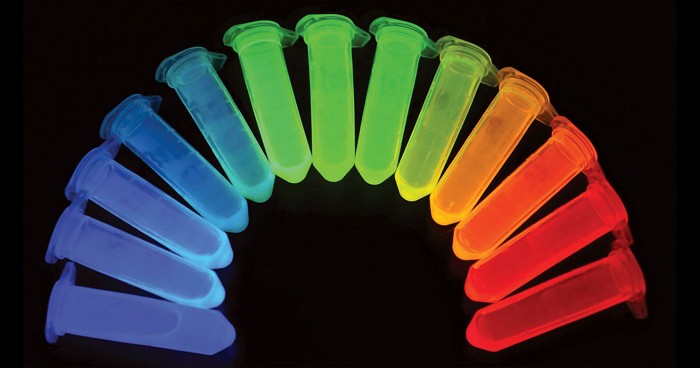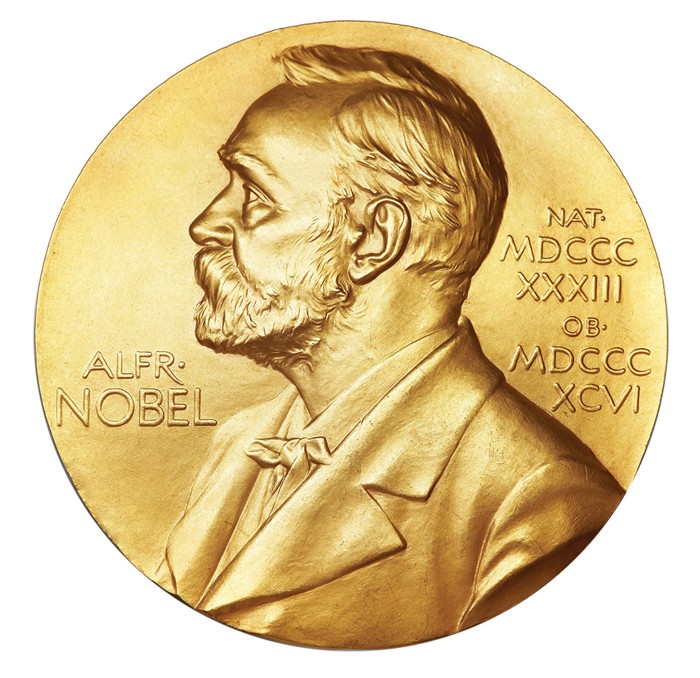Advertisement
Grab your lab coat. Let's get started
Welcome!
Welcome!
Create an account below to get 6 C&EN articles per month, receive newsletters and more - all free.
It seems this is your first time logging in online. Please enter the following information to continue.
As an ACS member you automatically get access to this site. All we need is few more details to create your reading experience.
Not you? Sign in with a different account.
Not you? Sign in with a different account.
ERROR 1
ERROR 1
ERROR 2
ERROR 2
ERROR 2
ERROR 2
ERROR 2
Password and Confirm password must match.
If you have an ACS member number, please enter it here so we can link this account to your membership. (optional)
ERROR 2
ACS values your privacy. By submitting your information, you are gaining access to C&EN and subscribing to our weekly newsletter. We use the information you provide to make your reading experience better, and we will never sell your data to third party members.
Nobel Prize
3 researchers awarded 2020 Nobel Prize in Physiology or Medicine for their discovery of Hepatitis C virus
Harvey J. Alter, Michael Houghton, and Charles M. Rice made contributions that helped fight blood-borne disease that causes liver damage
by Laura Howes
October 5, 2020

The 2020 Nobel Prize in Physiology or Medicine has gone to three virologists—Harvey J. Alter, Michael Houghton, and Charles M. Rice—who worked over three decades to identify the hepatitis C virus and show that it can cause viral hepatitis, cirrhosis, and liver cancer in people exposed to infected blood. Although global inequities in treatment remain, their work allowed the development of sensitive tests for the disease and effective antiviral drugs, said Nobel Committee member Gunilla Karlsson Hedestam at a press conference in Stockholm to announce the award. “These developments have saved millions of lives worldwide,” she added.
Joe Grove, who works on viral immunity at University College London says the work of these researchers and those who built on their work is a “fantastic success story of how basic research can be translated into treatment.” He adds that “given we’re in the middle of a global pandemic, it is a reminder that basic science and virology can deliver solutions.”

In the 1970s, two hepatitis-causing agents were known: the hepatitis A virus, which spreads through water and food and causes an acute version of the disease, and hepatitis B, which is transmitted through bodily fluids, including blood, and causes a chronic form. But hepatitis B virus alone couldn’t explain the number of people who developed hepatitis after a blood transfusion.
At the US National Institutes of Health, Alter set out to understand why. He discovered that there was a third, as yet unknown infectious cause of viral hepatitis, then referred to as non-A, non-B hepatitis. But for over a decade, the cause evaded detection.
At pharmaceutical firm Chiron, Houghton managed to identify viral DNA fragments in the blood of chimpanzees infected with the uncharacterized virus. By translating those fragments into viral proteins, Houghton and his colleagues then screened infected patients’ blood for antibodies that reacted to the viral proteins. That work helped identify the family of virus that caused the disease and suggested a way of testing for it. The paper that announced the findings also coined a new term for the virus: hepatitis C virus or HCV (Science 1989, DOI: 10.1126/science.2523562).
During the 1990s, Rice, then at Washington University in St. Louis, managed to develop a full clone of the virus and show that it was the cause of the unexplained cases of hepatitis caused by blood transfusions (Science 1997, DOI: 10.1126/science.277.5325.570).
Before these discoveries, “it was like Russian roulette to receive a blood transfusion,” said Nils-Göran Larsson, another member of the Nobel Committee.
The awarding of this year’s Nobel Prize to Alter, Houghton, and Rice is “well deserved” agrees virologist Michael P. Manns at Hannover Medical School, although he notes he would have liked to include a fourth name if Alfred Nobel’s will allowed it. He tells C&EN that University of Heidelberg virologist Ralf Bartenschlager’s work developing engineered versions of HCV paved the way for the development of drugs to treat the disease. Nevertheless, he adds, this is an award whose time had come and researchers working in the field had expected it for a few years. “The pieces have come together,” he says, “we can cure the disease now.” Perhaps, he says, hepatitis C could become the first chronic viral disease to be eliminated by treatments rather than by vaccines.
Michael J. Sofia, who helped invent the HCV treatment sofosbuvir, better known as Gilead Sciences’ Sovaldi, tells C&EN in an email that Alter, Houghton, and Rice set the stage for the work that went into discovering the small molecule drugs for HCV. “Today, millions of individuals who were living with the specter of HCV have been cured with these safe and extremely effective drugs, and there is a real chance of eliminating HCV as a global health problem.”
Each of the researchers will get a third of the approximately $1.1 million prize money, but the usual Nobel festivities have changed due to the ongoing coronavirus pandemic. Laureates will receive their medals and diplomas in their home countries and the awards ceremony will be virtual.
When asked about the parallels with today’s COVID-19 pandemic, Larsson said that the key problem for virologists remains the same and that identifying the virus responsible is “a critical moment.” But today, the techniques that can be used are “dramatically” different.
UPDATE: This story was updated on Oct. 5, 2020, to include additional comments and a piece of art.




Join the conversation
Contact the reporter
Submit a Letter to the Editor for publication
Engage with us on Twitter